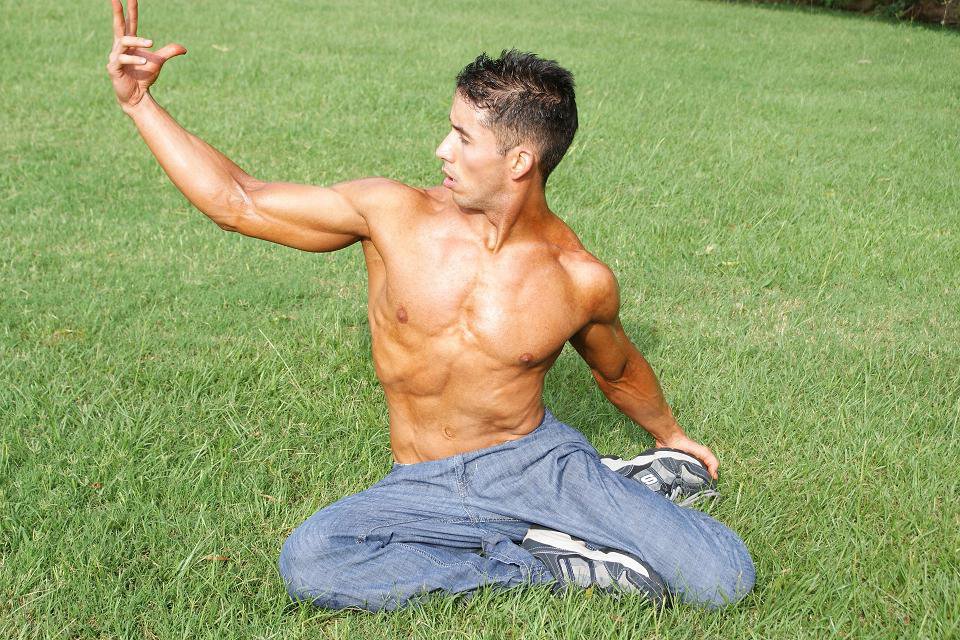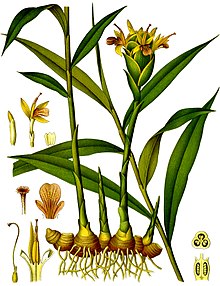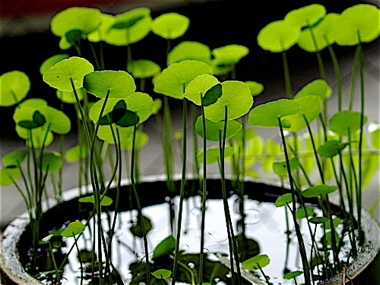A
human is a perfect biological machine and the body is like an exoskeleton. Anatomy
explains each and every part of it scientifically. That’s why you need to know
about the effects of whatever you intake or activities you carry out to keep it
fit. In case of fitness, the specified exercises, diets, routines, medical
history and other factors demand close attention. Only lifting weights or just
simply sweating with machines like a crazy bull won’t fetch the results which
you might have expected. There are some common errors which discourage many
fitness nuts to continue with their fitness schedule. Everyone knows we need to
eat before our body allows us to lift weights, but there is more this that
matters. Here are some of the fitness
mistakes you should avoid.
Bad diet, ignoring right nutrients
No
matter what you eat, if your body isn’t getting what it needs to fuel the muscles, it brings down your chances of getting really satisfactory results.
Carbohydrates and proteins are most required when you are going through intense
workouts. For instance, if you don’t pay attention to post workout foods, then
it’ll rather backfire you. For proper re-growth and repair of muscle-tissues,
make sure you never miss the exact nutrients your body demands. You need to
include lean meats, fruits and vegetables and avoid fast foods. People make a
mistake by choosing soda and juices over water. That’s no good. Nothing can
deliver what a plenty of water can.
Imbalances or single exercise routine
Another
big mistake that you should avoid is to ignore versatility and routine
shuffling of different exercises for different muscles of the body. It’s very
common that people stick to a couple of routine workouts such as running and
weight lifting. It’ll work on a few targeted muscles, but what about the rest
of the body where "you’ll gain fats". Asymmetrical shape isn’t desirable, is it?
It’s a mistake to underestimate one exercise over other. Therefore, create more than one workout
routine for all the different muscle groups of your body. For instance, focusing only on cardiovascular
exercise will burn calories, but for a proportional body shape, you must do
core-conditioning exercises. It’ll help you strengthen muscles in pelvis, hips,
back and abdomen along with improving your posture and flexibility of body.
Don’t overdo it too soon
The
very first day you enter the gym isn’t the judgment day. People expect too much
in a very short period of time and set impractical targets. In this quest, they
put extra pressure on muscles and body metabolism for which they aren’t quite
ready. Your body needs some conditioning and warm-ups first. Starting with
heavy weights or running impractical number on treadmill on the very first day
would be a great mistake. Give your body muscles time to gain strength and your
metabolism adapt to the new, raised fuel demand.
Pre workout and post workout meals
Healthy
pre workout meals are must-have before you enter the gym, it's important that
your body isn’t deficient of nutrients, and same way, make sure you don’t
ignore an energizing post workout meal. Post workout meal is often ignored,
which results in unproductive workouts. Body needs proteins and carbohydrates
after intense workout to reinforce the muscle-tissues. Banana shakes, natural
energy drinks, juices, eggs, tuna, fruits, dry fruits and nuts are some of the
best examples of post workout diet.
Starting with Supplements
Supplements
are considered the shortcut if you are upto bodybuilding. However, it’s not
advisable to use supplements till you reach the peak of your natural muscle
growth through routine workouts. You won’t get any additional benefit if you
began to take supplements on your very first day. Giver you body time to grow
to its full potential naturally.
Machines
are definitely programmed aids to become fit and build body mass. However, if
you only stick to machines and ignore free weight exercises, it might imbalance
your progress. You need to introduce free weight exercises to recruit more
muscle fibers and stabilize muscles that enable your body to perform the
movements in more effective way, producing overall muscular strength. For
instance, there are a lot of options with a simple set of dumbbells. Running
and Yoga would also make good options.
Dieting without exercise
It’s
obvious that your diet decides the intake of fats. Dieting is a part of "losing weight". However, without exercise, it’s very hard to keep that weight loss
permanent. You need to burn calories. Weight loss is about muscle tissue and
the key to keep weight off once you have reached your goal is exercise. So,
don’t make a mistake of relying only on dieting. Shed some sweat in the gym
too.
Ignoring gym instructions and doctor
Any
imperfection or malfunctioning of any part or muscle in your body will set limits
to what workout is healthy for you. Also, the lack of knowledge while attacking
the gym machines with temporary enthusiasm to get into perfect shape does a
great harm to new comers. Beginning with the right workout and gradually
passing on to the higher levels is one of the basic instructions of any fitness
program.
Secondly,
do consult your doctor and get yourself properly checked before you opt for any
fitness routine. Mind your symptoms like dizziness, improper breathing, and
pains in muscles. It could be deadly in some cases, especially when the
newcomer is an aged person. Do not ignore your chronic pains and injuries.
Pay
attention to what a gym instructor has to say in order to avoid mishaps and
injuries with machines. For instance, most common cause of injuries in gyms is
dropping dumbbells or weights improperly. In addition, it’s a mistake to work
with a machine about which you don’t have sufficient knowledge.














